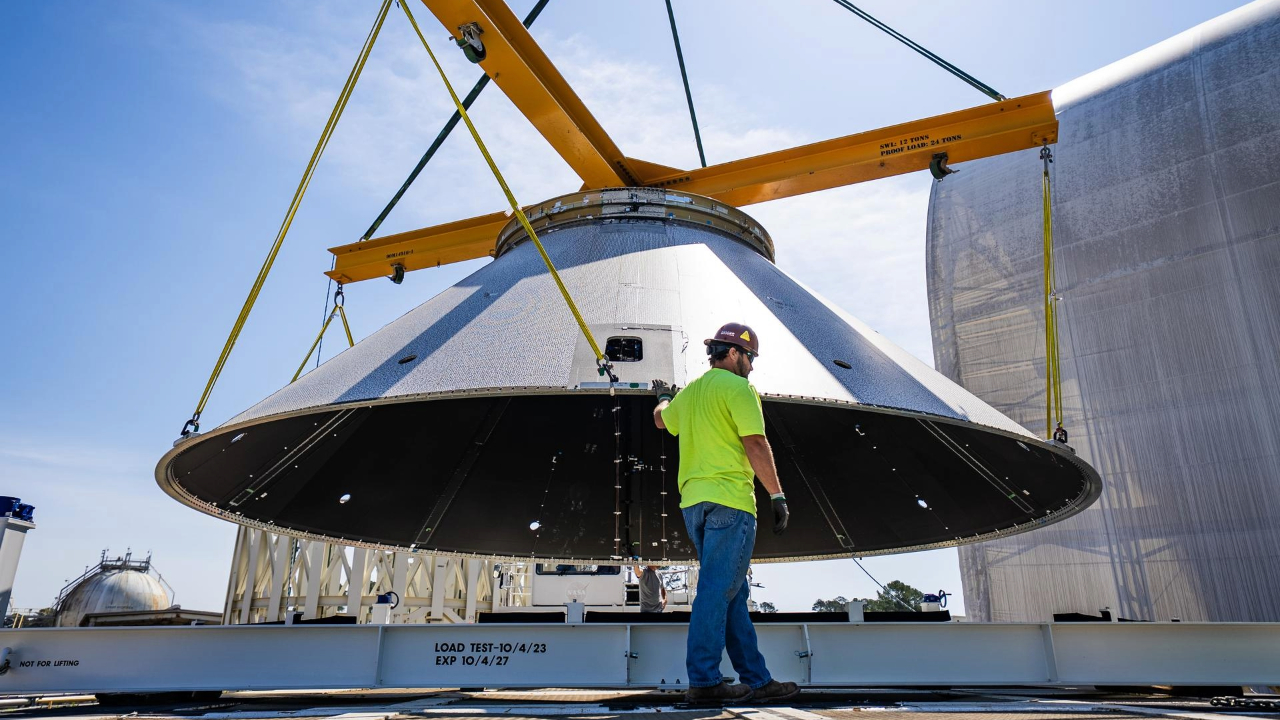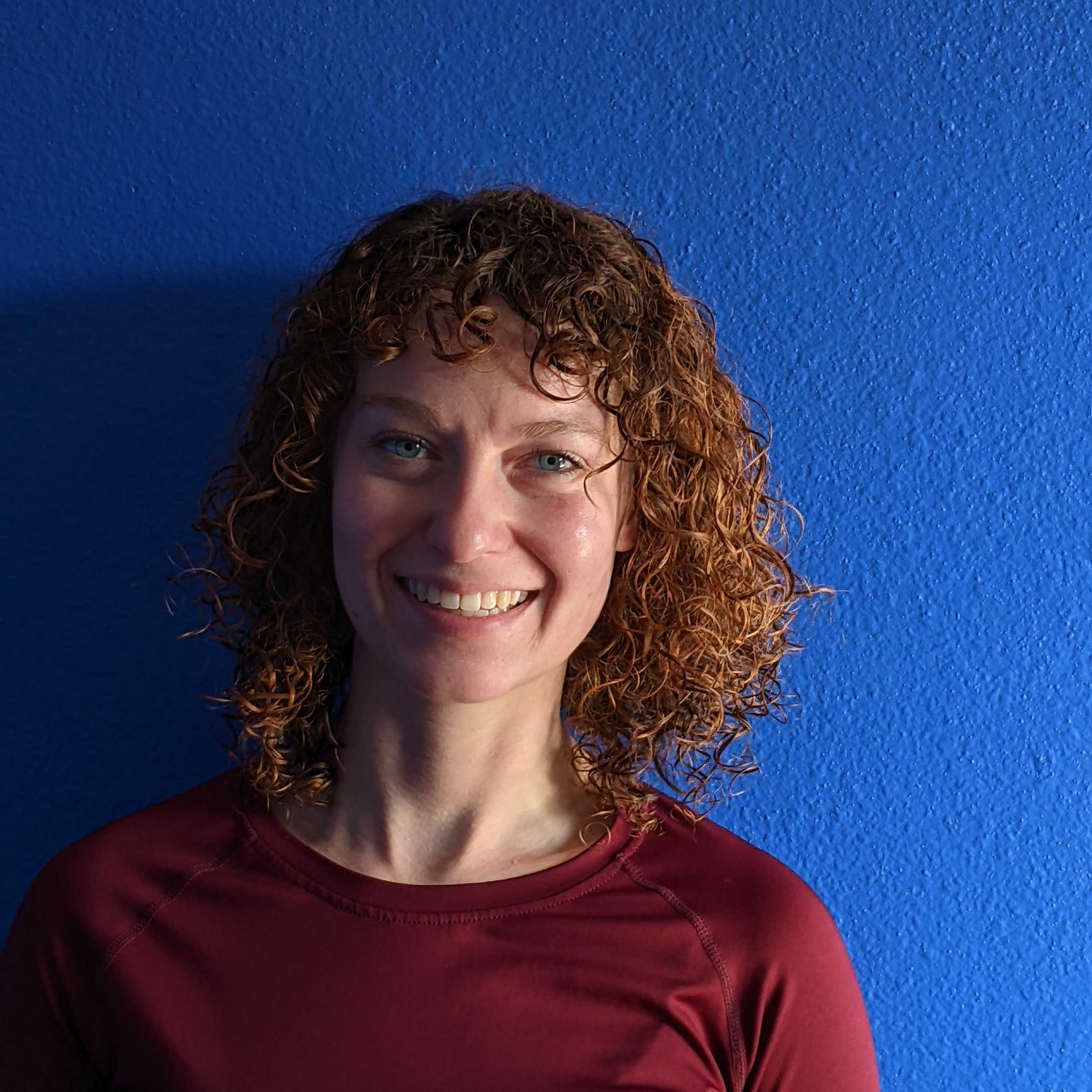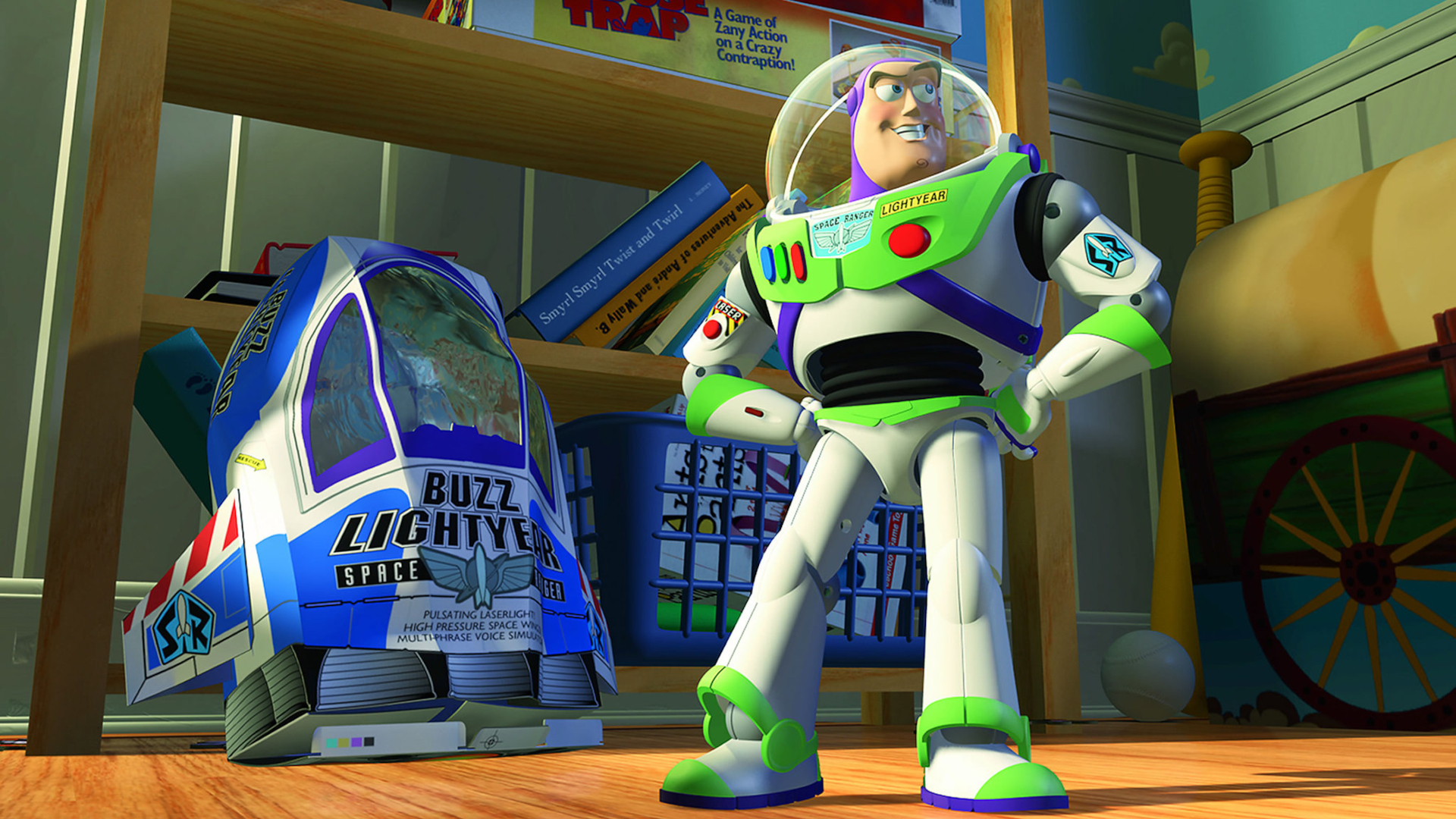NASA preps key piece of Artemis IV moon rocket for lunar mission | Space photo of the day for July 17, 2025
The SLS payload adapter is moved as it concludes its rigorous testing

Recently, NASA tested a payload adapter at the Marshall Space Flight Center as part of the preparation for the upcoming Artemis IV mission.
What is it?
The massive, dark circular payload adapter was carefully lowered from Test Stand 4697 to Test Stand 4705 for storage, after successfully completing initial structural tests. The next stage is for flight engineers to run quality checks on the adapter before building the final device.
The payload adapter plays an important role in spacecraft launches, as it connects the spacecraft or satellite to a launch vehicle. Without an adapter, the two parts of the spacecraft can't interface.
Where is it?
The payload adapter was initially tested and is being stored at the Marshall Space Flight Center in Huntsville, Alabama.
Why is it amazing?
The payload adapter is just one piece of equipment that is being tested as part of NASA's planned Artemis IV mission. This crewed lunar mission will focus on the first lunar space station, Gateway, according to NASA. The international hub will allow astronauts to study both the moon and the planets beyond, especially Mars.
To get the astronauts to Gateway, NASA plans to launch the crew using the Orion spacecraft with an upgraded SLS rocket. Before that happens, all launch materials, from boosters to payload adapters, have to be thoroughly tested and cleared for takeoff.
Want to learn more?
You can read more about the upcoming Artemis IV mission and the Gateway hub on the moon.
Breaking space news, the latest updates on rocket launches, skywatching events and more!
Kenna Hughes-Castleberry is the Content Manager at Space.com. Formerly, she was the Science Communicator at JILA, a physics research institute. Kenna is also a freelance science journalist. Her beats include quantum technology, AI, animal intelligence, corvids, and cephalopods.
You must confirm your public display name before commenting
Please logout and then login again, you will then be prompted to enter your display name.

